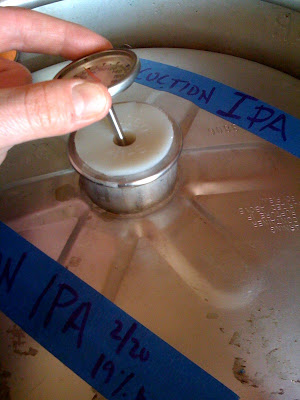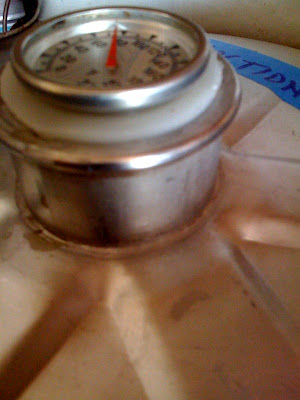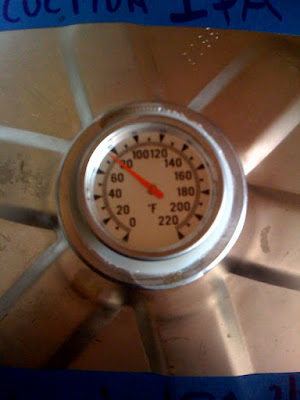- Joined
- Mar 12, 2007
- Messages
- 6,841
- Reaction score
- 857
Not that the rest of your points are not correct, but not so sure about this. It's not like there's a check valve built in. As far as I know, the only reason that they have a direction arrow is so that you don't flip it in subsequent uses and put the contaminated side in. Anyone know for sure?Those puppies (the ones I use in the lab anyway) are designed for a one way air flow.








